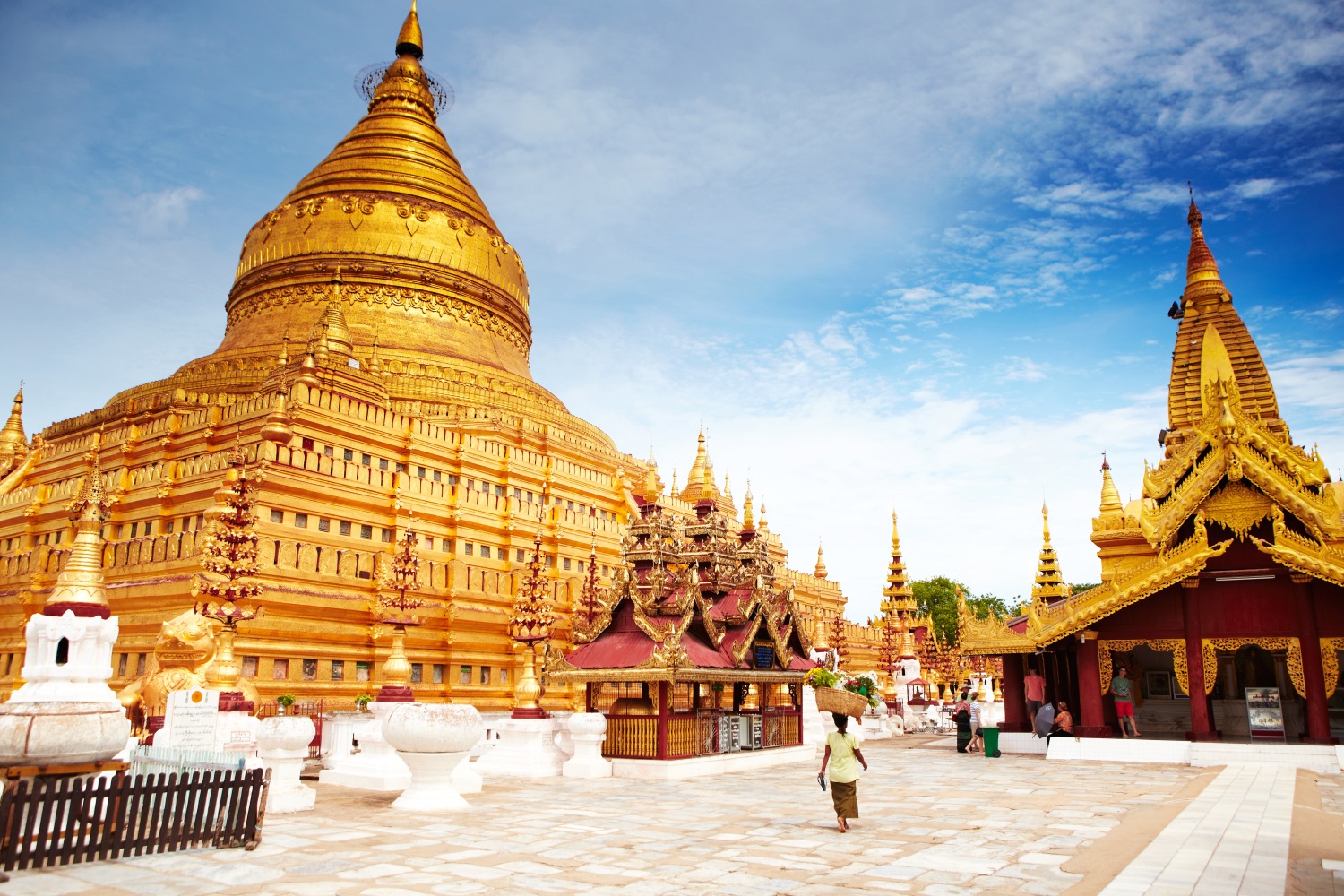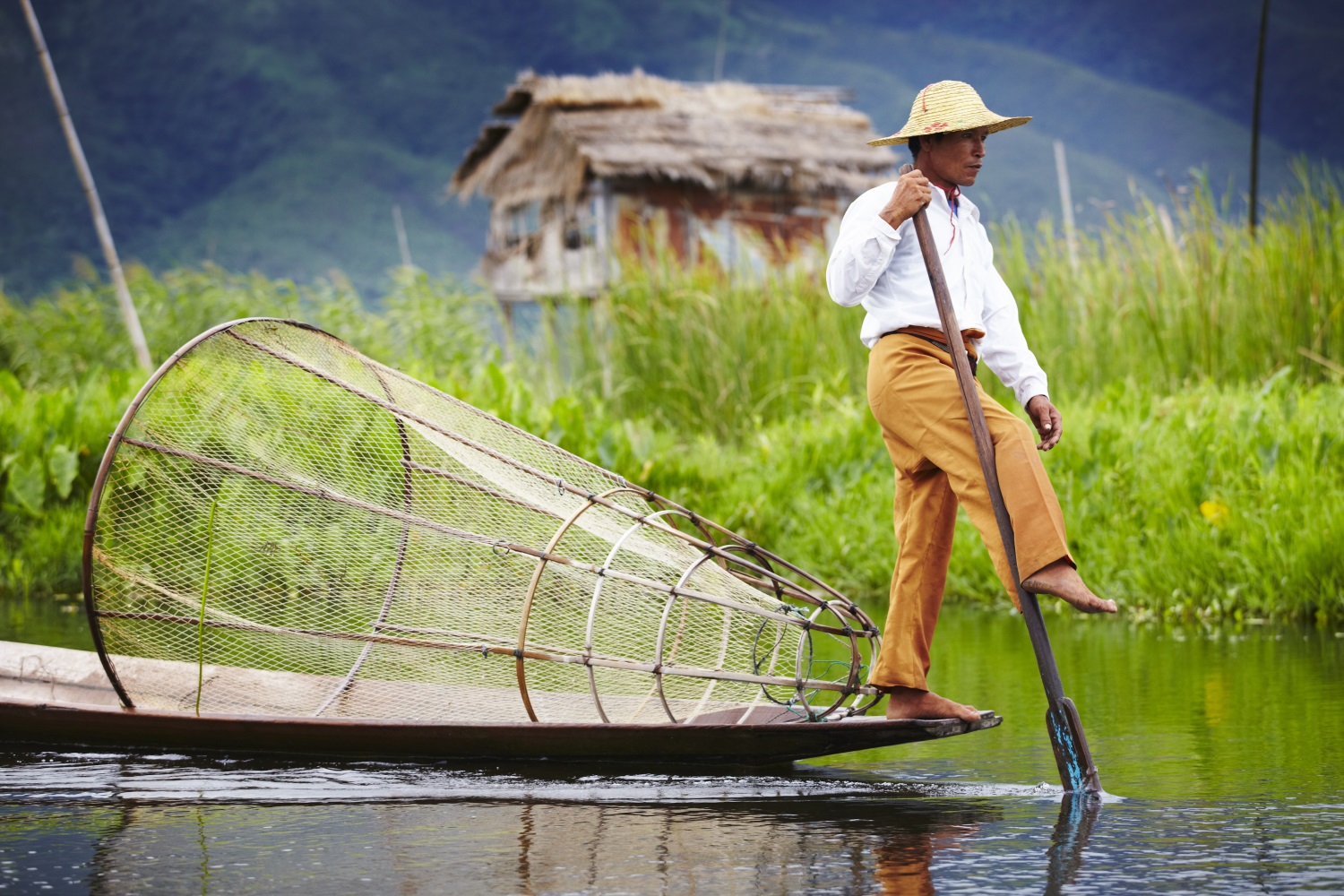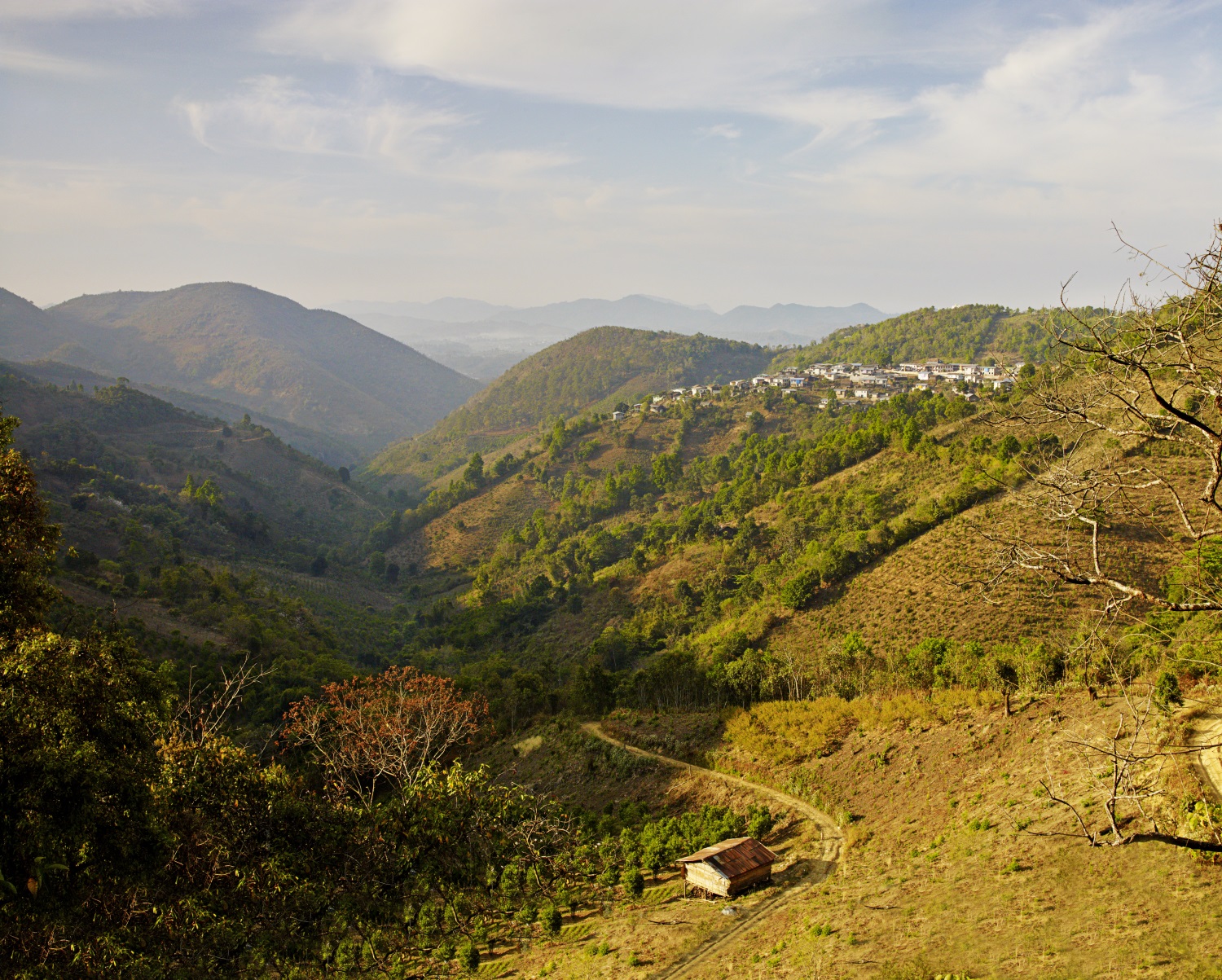The Aung San Suu Kyi–led National League for Democracy came to power in Myanmar during the historic general election of November 2015, and the country is embracing change. But this is a nation that has seen decades of harsh military rule – there’s a hopeful but cautious energy. Myanmar is undergoing a rapid transition and it can be difficult finding the latest information on what to expect when you visit. Here is a brief rundown to help you plan your trip.

It is now possible for citizens of 100 countries to apply online for a tourist e-visa via Myanmar’s Ministry of Immigration and Population website . Note that it is only possible to enter Myanmar on an e-visa at Yangon, Mandalay and Nay Pyi Taw international airports. Check the immigration website for the latest.
The massive increase in visitors since sanctions were lifted in 2012 has stretched Myanmar’s tourist infrastructure to the limit. There is a shortage of hotel rooms in major destinations such as Yangon and Bagan, though many new hotels are being built. Accommodation in Yangon fills up as far as a month in advance, particularly if it is a place listed in a guidebook. It is not impossible to roll up and find a room, but it can be difficult and stressful and you will likely end up paying more than you want. Most places can be booked online now, so it’s worth reserving your room as soon as you can. It is essential to book ahead during high season (November to March).
In some rural areas, monasteries will take travellers in for a small fee if there are no rooms available. But don’t rely on the local monks being able to help you out.

Myanmar is no longer the cheap destination it once was, so make sure you adjust your budget accordingly. In particular, prices for even basic accommodation have risen dramatically. In tourist hotspots like Bagan, you can pay US$35 to US$40 for a dingy, no-frills room.
Over the last few years, ATMs that take international cards have started appearing throughout Myanmar, meaning that travellers no longer have to carry hundreds or thousands of US dollars in cash around with them. You can find ATMs even in relatively remote destinations like Hsipaw and Mrauk U. KBZ and CB Bank have the most reliable ATMs – they accept both Visa and Mastercard, and charge a fee of 5000 kyat (around US$4) per transaction. It’s now also possible to receive international cash transfers via Western Union.
Myanmar is trying to encourage both locals and visitors to use the local currency – kyat – rather than US dollars, which was the preferred currency until 2012. As of the end of November 2015, only banks and official moneychangers are able to change dollars, although how rigidly that will be enforced remains to be seen.
Despite that, and the presence of ATMs, it’s still worth bringing some US dollars with you, preferably in smaller notes, as they can be useful if you’re stranded without access to an ATM. Make sure your US bills are immaculate and printed no earlier than 2006, or you may not be able to exchange them. It’s also easy to change Thai baht in Yangon and Mandalay.
Credit cards are accepted mostly only in top-end hotels. Some travel agents in Yangon and Mandalay also take them, usually charging a small fee, for purchasing flights.

It’s easy and cheap to buy a SIM card in Yangon and Mandalay that will enable you to make calls and access the internet.
Online access has improved, with wi-fi becoming the norm – most hotels, guesthouses and cafes have it for free – and the internet is now spreading to more remote locations. But tightly squeezed bandwidth and power outages can make using the internet a frustrating exercise.
In places open to foreigners, Myanmar is relatively safe, with very little crime. Still, you should take the usual precautions of using hotel lockers or safes for your valuables. Female travellers should not experience any harassment or different treatment.
Some parts of the country remain closed to foreigners due to ongoing conflict between the government and various ethnic armies clustered in eastern and northern Myanmar. These areas are mostly in Kachin and Shan States, close to the frontiers with China and Thailand, and far from the major tourist destinations. Although some countries – including the UK and Australia – still advise against travel to Rakhine (Rakhaing) State in western Myanmar (following sectarian violence in 2012) Mrauk U is now seeing increasing numbers of tourists.
Accurate information on conflicts and closed areas can be difficult to come by. Check your government’s advice prior to travel, and ask about the situation once you are in Myanmar. Lonely Planet’s Thorn Tree travel forum is a good source of news from travellers on the ground.

Unless you fly, all travel in Myanmar takes time (it's a nine-hour bus trip from Yangon to Mandalay, for example). Buses are almost always faster than the trains, but bus rides are bumpy – you might consider taking tablets for motion sickness. Boats are also an option for some routes; the Mandalay–Bagan service is popular among travellers.
Yangon International Airport is the main hub for domestic flights, and there are a number of services linking the main centres of the country. Local airlines include Air Bagan and Myanmar National Airlines . Note that it is cheaper and easier to book domestic flights via agencies once you are in Myanmar.
There are no international car-rental agencies, but most travel agencies in Yangon, Mandalay and Bagan – as well as guesthouses and hotels elsewhere – can arrange cars and drivers.